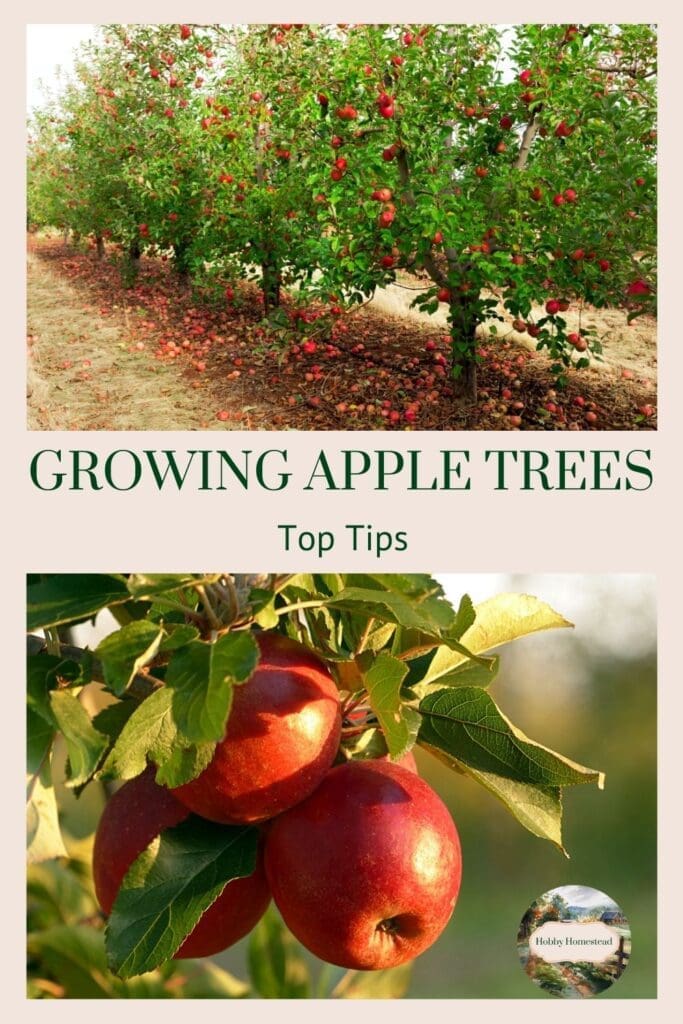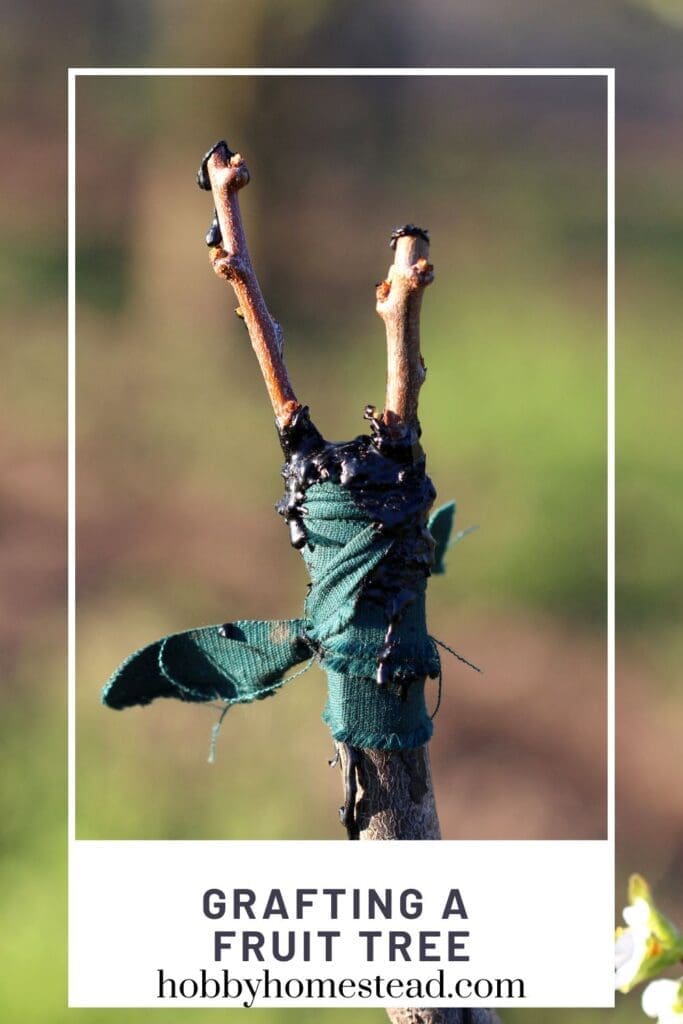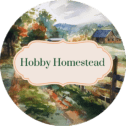Growing an apple tree is a rewarding journey that can provide years of growth and fresh, home-grown apples. Whether you’re planting a standard apple tree in a large garden or dwarf apple trees in small spaces, following these steps will help ensure a bountiful harvest.
Embrace the apple-growing journey and enjoy the satisfaction of producing your own delicious fruit. Growing a fruit tree from seed is a long-term commitment, but it can be a rewarding experience, especially if you enjoy nurturing a tree from its earliest stages.

Table of contents
- Top 5 Tips for Growing Apple Trees
- How to Grow an Apple Tree: A Comprehensive Guide
- What Apple Trees Require Cross-Pollination?
- How to Make Apple Trees Grow Faster
- How to Grow an Apple Tree from a Seed?
- Collect Apple Seeds
- Stratify the Seeds
- Care for the Seedlings
- Transplanting Outdoors
- Long-Term Care
- What are the best trees to cross-pollinate apple trees?
- How close should apple trees be to cross-pollinate each other?
- Can I grow an apple tree from seeds I got in a grocery store apple?
- Do dwarf apple trees produce fruit?
Top 5 Tips for Growing Apple Trees
Growing your own apple tree is an enriching experience that rewards you with fresh fruit right from your garden.
Here are the top 5 tips for growing healthy and productive apple trees. By following these top tips, you’ll be well on your way to growing healthy apple trees that produce abundant, delicious fruit.
1. Choose the Right Location
Full Sun. Apple trees need full sun; at least 6-8 hours of direct sunlight daily. This ensures the tree receives the energy it needs for photosynthesis, which promotes strong growth and fruit production.
Well-Drained Soil. Ensure the soil is well-draining to prevent root rot. Apple trees don’t thrive in waterlogged conditions, so avoid low-lying areas where water may collect.
2. Plant Multiple Trees for Pollination
Cross-Pollination. Most apple trees require another tree of a different variety nearby for cross-pollination. Having at least two apple trees, preferably of different apple varieties that bloom at the same time, ensures good fruit set. This is especially important for varieties like Honeycrisp and Red Delicious.
3. Plant at the Right Time of Year
Late Winter or Early Spring. The best time to plant apple trees is in late winter or early spring, while the trees are still dormant. This allows them to establish roots before the growing season begins. In colder climates, planting in early spring is preferred, while in warmer climates, late winter can be ideal.
4. Select the Right Tree Variety
Dwarf or Semi-Dwarf Trees for Smaller Spaces. Choose a tree variety suited to your space and climate. Dwarf and semi-dwarf trees are great for small spaces and produce fruit sooner than full-size trees. Also, consider disease-resistant varieties to reduce the need for chemical treatments.
5. Proper Care and Maintenance
Regular Pruning and Thinning. Pruning your apple trees annually helps maintain their shape, encourages air circulation, and prevents disease. Thinning the fruit in the early years helps the tree direct energy towards growth rather than over-producing fruit too early.
Watering and Mulching. Keep the soil consistently moist, especially during dry periods, and apply mulch around the base of the tree to retain moisture and suppress weeds.
How to Grow an Apple Tree: A Comprehensive Guide
Whether you’re starting with apple seeds or planting young trees, this guide will walk you through the process of growing productive plants, no matter your space or climate.
Choosing the Right Apple Tree
Selecting the Variety of Apple Tree. When choosing a variety of apple tree, consider factors like tree size (dwarf apple trees, semi-dwarf trees, and full-sized trees), climate, and disease resistance. Varieties like the Honeycrisp apple tree, Granny Smith, Pink Lady, and Red Delicious are popular options, each with different apple cultivars suited to specific weather conditions and soil types.
Some varieties require cross-pollination with different apple varieties to ensure fruit production, so it’s a good idea to research the best pairings for your new apple trees.
Tree Size and Space. Dwarf and semi-dwarf trees are ideal for small spaces, while full-size trees are better suited for larger areas. If you’re planting in a small garden or an eco-friendly garden, dwarf apple trees are the best option, as they require less space and are easier to manage.
Bare-Root or Container-Grown Trees. You can purchase bare-root trees or container-grown trees from a garden center. Bare-root trees are often available in late winter or early spring and should be planted promptly. Soak the root system in a bucket of water for a few hours before planting to hydrate the roots.
Preparing the Planting Site
Location and Sunlight. Apple trees need full sun to thrive, so choose a planting site that receives at least six hours of sunlight daily. Ensure the site has well-draining soil or well-drained soil, as apple trees do not tolerate waterlogged roots.
Soil Conditions. Apple trees prefer fertile soil rich in organic matter. If your soil is sandy soil or clay, amend it with compost or other organic matter to improve its fertility and drainage. Native soil can be used in the planting hole, but it’s important to ensure it meets the necessary conditions for healthy growth.
Planting Hole. Dig a planting hole twice as wide and just as deep as the root ball. For bare root trees, create a small hole in the center of the planting hole to accommodate the root system. Place the tree at ground level, with the graft union (the point where the tree trunk meets the rootstock) above the soil.
Planting Your Apple Tree
Planting the Tree. Place the young apple tree in the hole, spreading the roots out evenly. Backfill the hole with native soil, firming it gently around the base of the tree to eliminate air pockets. Water the tree thoroughly to help settle the soil.
Staking and Mulching. Staking young trees can provide support against strong winds and promote straight growth. Mulch around the root zone, keeping it away from the tree trunk, to retain moisture and suppress weeds.
Care and Maintenance
Watering. During the first year, keep the soil consistently moist but not soggy. Established trees typically need about 1-2 inches of water per week, depending on weather conditions.
Fertilizing. Feed your apple tree in early spring with a balanced fertilizer to support fruit production and overall growth. Be cautious not to over-fertilize, as this can lead to excessive growth of fast-growing shoots at the expense of fruit.
Pruning. Regular pruning is crucial to developing a strong, productive tree. In late winter or early spring, prune to shape the tree with a central leader (main trunk) and scaffold branches (side branches) that will support fruit. Remove dead, diseased, or crossing branches to improve air circulation and prevent common diseases like apple scab, powdery mildew, and other fungal diseases.
Disease and Pest Control. Apple trees are susceptible to various disease problems like apple scab and powdery mildew. Maintaining good garden hygiene by removing plant debris and promoting air circulation can help prevent these issues. Choose disease-resistant varieties and monitor for pests throughout the growing season.
Harvesting and Storing Apples
Harvesting. Apples are typically ready for harvest at different times, depending on the variety. Ripe apples will easily detach from the tree when twisted gently. The best time to harvest is when the fruit is fully colored and firm to the touch.
Storing. Store homegrown apples in a cool, dark place with good ventilation. Late fall is a great time to enjoy the fruits of your labor, as apples harvested then can be stored for a long time under the right conditions.

What Apple Trees Require Cross-Pollination?
Most apple tree varieties require cross-pollination from a different apple variety to produce fruit effectively. Here are some common apple varieties that require cross-pollination.
Apple Varieties that Require Cross-Pollination
Honeycrisp. Requires a pollinator such as Golden Delicious or McIntosh.
Granny Smith. Needs a different apple variety like Fuji or Red Delicious for cross-pollination.
Red Delicious. Benefits from pollinators like Gala, Fuji, or Golden Delicious.
Fuji. Requires cross-pollination with varieties like Granny Smith or Red Delicious.
Gala. Best pollinated by varieties like Fuji or Golden Delicious.
Jonagold. Needs a compatible pollinator like Golden Delicious or Honeycrisp.
Braeburn. Requires cross-pollination with varieties like Gala or Granny Smith.
McIntosh. Benefits from pollinators like Honeycrisp or Red Delicious.
Empire. Requires a pollinator such as Golden Delicious or McIntosh.
Cortland. Needs cross-pollination from varieties like Gala or McIntosh.
Self-Fruitful Apple Varieties (But Perform Better with Cross-Pollination):
Golden Delicious. Self-pollinating but produces better fruit with another variety like Red Delicious or Granny Smith nearby.
Gala. Although partially self-pollinating, it produces more fruit with cross-pollination.
Gravenstein. Technically self-fruitful, but benefits from cross-pollination with another variety.
Important Note:
Even self-fruitful varieties tend to produce a larger and better-quality crop when cross-pollinated with another variety. Therefore, planting at least two different varieties of apple trees that bloom at the same time is generally recommended for the best fruit production.
How to Make Apple Trees Grow Faster
There are several strategies you can employ to help your apple tree grow faster and become more productive sooner. Here are some tips.
Choose the Right Tree Variety
Dwarf and Semi-Dwarf Trees. Dwarf and semi-dwarf apple trees typically grow and produce fruit faster than full-size trees. These trees reach maturity more quickly, making them a great choice if you want faster results.
Start with a Healthy Tree
Container-Grown or Bare-Root Trees. When purchasing a young tree, opt for a healthy, vigorous specimen from a reputable nursery. A well-established, container-grown tree or a fresh bare-root tree will have a head start over weaker trees.
Plant in the Right Location
Full Sun. Ensure your apple tree is planted in a location that receives full sun for at least 6-8 hours a day. Adequate sunlight is crucial for photosynthesis, which drives growth.
Well-Drained Soil. Apple trees prefer well-draining soil. Avoid planting in areas where water tends to pool, as waterlogged roots can stunt growth.
Optimize Soil Quality
Soil Preparation. Before planting, amend the soil with organic matter like compost to enhance fertility and drainage. Testing your soil and adjusting the pH to around 6.0-7.0 can also create ideal growing conditions.
Fertilization. Use a balanced fertilizer designed for fruit trees to provide essential nutrients. Fertilize in early spring and again in mid-summer to support vigorous growth.
Watering Practices
Consistent Moisture. Keep the soil consistently moist, especially during the first year, to encourage root development. Deep, infrequent watering is better than frequent, shallow watering, as it encourages roots to grow deeper.
Mulching
Mulch Around the Base. Applying a layer of mulch around the base of the tree helps retain moisture, regulate soil temperature, and prevent weeds from competing for nutrients. Just be sure to keep the mulch away from the trunk to avoid rot.
Proper Pruning
Prune Regularly. Pruning helps shape the tree, promotes strong branch structure, and increases air circulation, reducing the risk of disease. Proper pruning also directs the tree’s energy toward productive growth rather than excessive leaf and shoot development.
Control Pests and Diseases
Disease and Pest Management. Protect your tree from common diseases and pests that can slow its growth, such as apple scab, powdery mildew, and aphids. Regularly inspect your tree and apply organic or chemical treatments as necessary.
Support Early Fruit Production
Thinning Fruit. In the first few years, it may be beneficial to remove some or all of the flowers or young fruits. This allows the tree to focus on root and branch development rather than fruit production, leading to a stronger, faster-growing tree.
Grafting
Grafting Techniques. If you’re skilled in grafting, consider grafting a faster-growing variety onto a vigorous rootstock

How to Grow an Apple Tree from a Seed?
Starting an apple tree from seed is a rewarding but long-term project that requires patience and careful steps. Here’s a guide to help you grow an apple tree from seed:
Collect Apple Seeds
Gather Seeds. Collect seeds from a ripe apple, such as one you purchased at a grocery store. Make sure to wash the seeds thoroughly to remove any remaining fruit pulp, which can lead to mold.
Stratify the Seeds
Simulate Winter Conditions. Apple seeds require a cold stratification period to break dormancy and germinate. Place the seeds in a damp paper towel, then put them in a plastic bag. Store the bag in the refrigerator for 60-90 days. This process mimics the natural winter conditions the seeds would experience outdoors.
Check for Germination. After the stratification period, check if the seeds have sprouted. You should see small roots emerging from the seeds. If they have not sprouted, give them more time in the fridge.
Prepare Containers. Fill small pots or seed trays with a well-draining potting mix. Make sure the soil is slightly damp before planting.
Plant the Seeds. Plant the sprouted seeds about 1/2 inch deep in the potting mix. Gently cover them with soil and water lightly to keep the soil moist, but not waterlogged.
Provide Light. Place the pots in a sunny location, such as a windowsill, where they can get plenty of light. If natural light is insufficient, consider using a grow light.
Care for the Seedlings
Watering. Keep the soil consistently moist as the seedlings grow. Be careful not to overwater, as this can lead to root rot.
Transplanting. Once the seedlings have grown a few inches tall and have developed a few sets of true leaves, they can be transplanted into larger pots or directly into the ground if the weather permits.
Transplanting Outdoors
Choose the Right Time. Transplant the seedlings outdoors in late spring or early summer, once the danger of frost has passed.
Planting Location. Select a location with full sun and well-draining soil. Dig a small hole for each seedling and carefully place it in the hole, covering the roots with soil and watering well.
Long-Term Care
Patience is Key. Growing an apple tree from seed takes time—expect several years of growth before the tree begins to bear fruit. During this time, continue to water the tree regularly, mulch around the base, and prune as needed to shape the tree.
Grafting for Desired Varieties. Keep in mind that apple trees grown from seed often don’t produce fruit true to the parent apple. If you want a specific variety, you may need to graft a branch from a desired variety onto your seed-grown tree.
Protect the Young Trees
Guard Against Pests and Diseases. Protect the young apple trees from common pests and diseases by using organic or chemical treatments as needed. Regular inspections can help catch any issues early.
What are the best trees to cross-pollinate apple trees?
For the best results, choose trees that bloom during the same season. Some varieties, like Golden Delicious, McIntosh, and Honeycrisp, serve as better pollinators than others, such as Jonagold and Gravenstein. If you’re unsure, consult your local extension service for recommendations, or consider planting a crabapple tree. Crabapple trees are commonly used in orchards for cross-pollination because they bloom for a long time and require minimal care. Remember, all apple trees need cross-pollination from a compatible tree to produce the best fruit. Even self-fruitful trees yield better results with cross-pollination.
How close should apple trees be to cross-pollinate each other?
Plant compatible trees within 50 feet of each other to ensure the best apple crop.
Can I grow an apple tree from seeds I got in a grocery store apple?
Yes, you can. However, the results may not meet your expectations. Growing apple trees from seeds requires a lot of patience and time. Moreover, apple seeds don’t grow “true to type.” So, if you plant Honeycrisp apple seeds, you likely won’t get the same kind of apple—if you succeed at all. Cloning an apple tree through grafting is a more reliable method.
Do dwarf apple trees produce fruit?
Yes, dwarf apple trees will produce fruit if you plant them correctly and ensure cross-pollination. They typically begin bearing fruit 2 to 3 years after planting. In contrast, standard-size trees may take 6 to 8 years to start producing fruit.
By taking care of your apple trees with the proper knowledge and attention, you can enjoy the taste of fresh, homegrown apples and share them with family and friends for years to come. Happy planting!
References
Better Homes and Gardens. How to Plant and Grow Apple Trees
University of Minnesota Extension. Growing apples in the home garden


